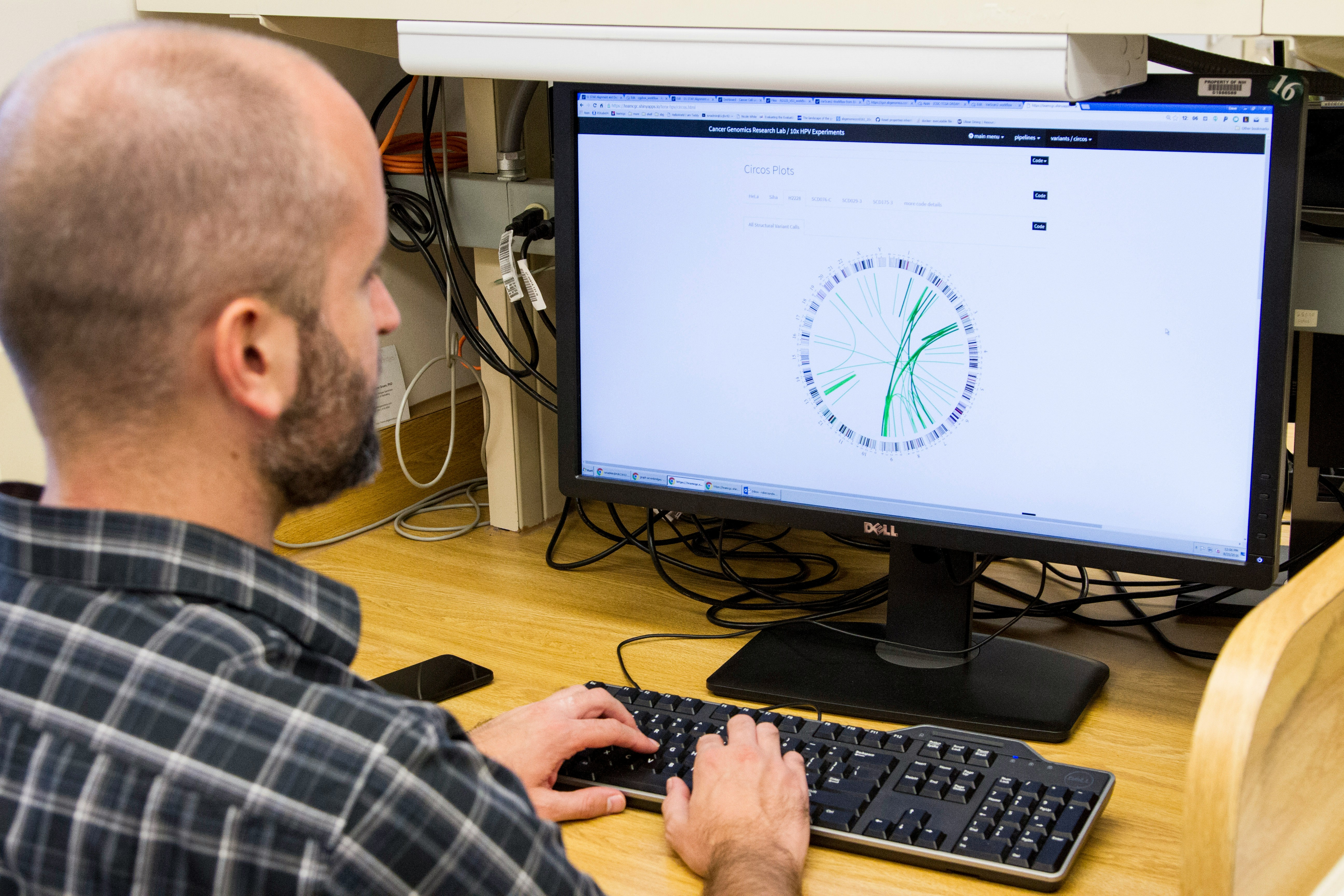Psychology
Exploring New Horizons in Counseling: Embracing Art Therapy and Mindfulness
Explore the transformative synergy of art therapy and mindfulness practices in counseling sessions. Discover how this innovative approach fosters self-discovery and emotional healing.
Apr 5, 2024
Traditional counseling approaches are continually being supplemented and enriched by innovative methods. Among these, the integration of art therapy and mindfulness techniques has emerged as a powerful tool for therapists and clients alike. By blending creative expression with mindfulness practices, counselors can unlock new pathways to healing and self-discovery. In this blog post, we investigate the profound impact of combining art therapy and mindfulness in counseling sessions.
Understanding Art Therapy
Art therapy harnesses the creative process of making art to improve mental well-being. Through painting, drawing, sculpting, or other forms of artistic expression, individuals can externalize their thoughts, emotions, and experiences. This process enables clients to explore subconscious feelings and gain insight into their inner world, often uncovering issues that may be challenging to articulate verbally.
The Power of Mindfulness
Mindfulness, rooted in ancient contemplative practices, involves cultivating present-moment awareness and nonjudgmental acceptance. By focusing attention on the present moment, individuals can develop a greater understanding of their thoughts, emotions, and bodily sensations. Mindfulness practices have been scientifically proven to reduce stress, anxiety, and depression while enhancing overall well-being.
Integrating Art Therapy with Mindfulness
When art therapy and mindfulness techniques are combined, they create a synergistic approach that addresses both the conscious and subconscious aspects of the individual's experience. Here's how this integration unfolds in counseling sessions:
Embodied Expression: Through artmaking, clients can access deeper layers of their psyche, expressing emotions and experiences that may be difficult to articulate verbally. Mindfulness techniques such as body scans and grounding exercises help clients stay present and connected to their embodied experience while creating art.
Non-judgmental Awareness: Mindfulness encourages clients to observe their thoughts and emotions without judgment. In art therapy, this translates to allowing the creative process to unfold organically, free from self-criticism or expectations of perfection. Clients learn to accept their artistic expressions as valid and meaningful reflections of their inner world.
Symbolic Exploration: Art provides a symbolic language through which clients can explore complex feelings and experiences. By reflecting mindfully on their artwork, clients uncover insights and gain a deeper understanding of themselves. Therapists facilitate this process by guiding clients in mindful observation and reflection, encouraging them to explore the symbolism and meaning behind their artistic creations.
Integration and Growth: The insights gained through art therapy and mindfulness practice are integrated into the client's broader therapeutic journey. Clients develop greater self-awareness, emotional regulation skills, and resilience, empowering them to navigate life's challenges with clarity and compassion.
Embracing Innovation in Counseling
As counselors, embracing innovative approaches such as art therapy and mindfulness expands our toolkit for supporting clients on their healing journeys. By honoring the interconnectedness of creativity and mindfulness, we create a space for profound self-exploration and growth. Let us continue to explore new horizons in counseling, guided by the belief in the inherent resilience and potential for healing within everyone.


